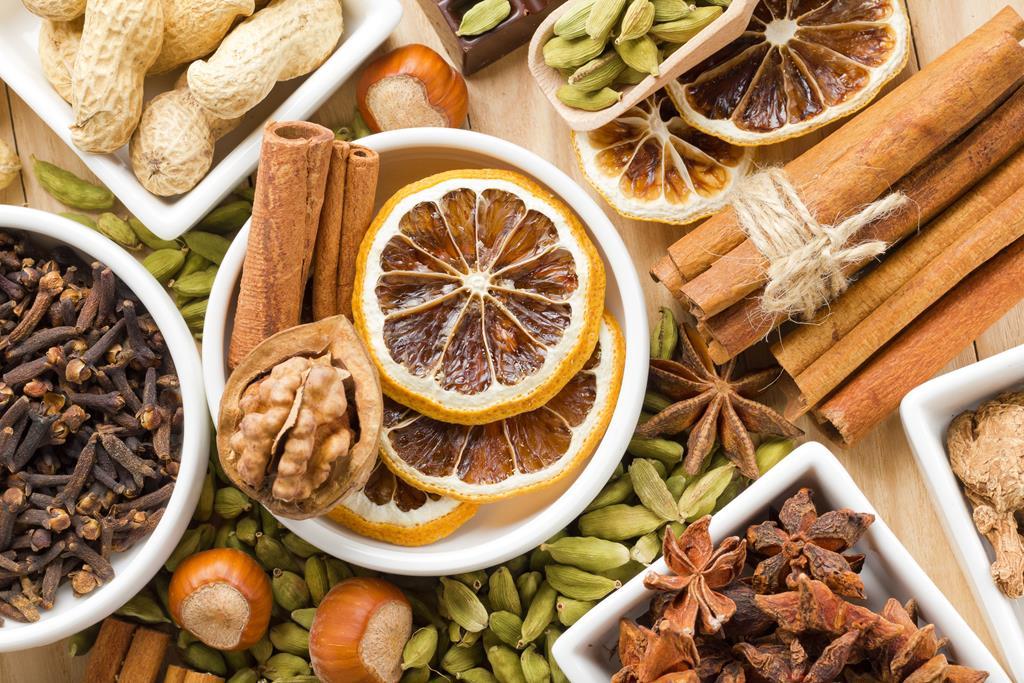Encapsulated Flavours Market Trends: Expanding Applications in Confectionery, Dairy, and Beverages

The encapsulated flavours market is witnessing strong momentum as food and beverage manufacturers seek advanced solutions to preserve flavour quality, improve product stability, and enhance sensory experiences. Among the most dynamic areas of application are confectionery, dairy, and beverages, where encapsulated flavours are revolutionizing formulation techniques. The latest market trends reflect a surge in demand for long-lasting, heat-resistant, and customizable flavours, aligning with shifting consumer expectations and technological innovation.
Rising Importance of Encapsulated Flavours in Confectionery
The confectionery sector—comprising chewing gums, candies, lozenges, and chocolates—is one of the most prominent adopters of encapsulated flavour technologies. In these products, flavour longevity and controlled release are essential to delivering a satisfying and memorable consumer experience.
Encapsulation allows manufacturers to incorporate both instant and delayed-release flavour systems, ensuring a burst of taste at first bite followed by sustained enjoyment. Chewing gums, for instance, use multi-layered encapsulated flavours that release at various stages during mastication. Additionally, sugar-free and functional confections with vitamins or botanicals benefit from encapsulation by masking off-notes and enhancing flavour delivery without compromising nutritional profiles.
As health-conscious trends grow, encapsulated flavours also enable the production of low-sugar or sugar-free products without sacrificing taste, a critical driver in today’s confectionery innovation landscape.
Expanding Use in Dairy Products
Dairy applications—particularly in yogurts, cheese spreads, ice creams, and milk-based beverages—increasingly rely on encapsulated flavours to ensure product quality throughout extended shelf life. These items often face issues like flavour degradation due to enzymatic activity, temperature changes, or oxidation during storage.
Encapsulated flavours provide a solution by offering stability under refrigeration and heat, as well as resistance to interaction with fats and proteins present in dairy matrices. For instance, in flavoured yogurts or processed cheese, encapsulated fruit or savory notes retain their intensity until the point of consumption.
Moreover, the rise of plant-based dairy alternatives—such as almond, soy, oat, and coconut milk products—has intensified the need for effective flavour masking and enhancement. Encapsulation helps overcome the natural bitterness or earthy tones of these ingredients while delivering pleasant and consistent taste profiles.
Beverage Industry Driving Innovation
Beverages, both non-alcoholic and functional, represent a rapidly growing segment for encapsulated flavour applications. From soft drinks and juices to energy drinks and ready-to-drink teas, encapsulation supports product differentiation by offering:
-
Protection against oxidation
-
Controlled release during consumption
-
Enhanced mouthfeel and sensory consistency
Functional beverages, in particular, are benefitting from flavour masking capabilities of encapsulation. Many nutraceutical ingredients (e.g., amino acids, caffeine, or botanical extracts) have strong or unpleasant tastes. Encapsulated flavours help neutralize these off-notes, making health-oriented drinks more palatable to mainstream consumers.
In addition, carbonated beverages and products stored in transparent packaging are vulnerable to flavour loss due to light and gas exchange. Microencapsulation techniques extend the shelf life and integrity of these beverages by forming stable, protective barriers around flavour molecules.
Technological Advancements Supporting Market Expansion
Encapsulation technologies such as spray drying, fluid bed coating, and liposomal encapsulation are becoming more sophisticated, allowing for better control over particle size, release rates, and compatibility with different food systems. This is especially valuable in multi-phase products, like dairy-dessert hybrids or beverage concentrates, where diverse flavour behaviors are needed within a single product.
These advancements also align with the industry’s shift toward natural and clean-label formulations. Increasingly, encapsulation materials are derived from natural sources such as modified starches, pectins, and gums—meeting consumer demand for transparency and reducing the use of synthetic additives.
Market Dynamics and Emerging Trends
Some of the most influential encapsulated flavours market trends shaping the industry include:
-
Demand for long-lasting, heat-stable flavours across processed and shelf-stable foods.
-
Increased product launches in functional and fortified categories, requiring advanced flavour protection.
-
Innovation in sensory experiences, such as dual-flavour or sequential-release products.
-
Greater use of natural flavour carriers to appeal to clean-label and health-focused consumers.
-
Regional growth in Asia-Pacific and Latin America, where the rise in dairy, beverage, and confectionery consumption is fueling new market opportunities.
Conclusion: Strong Outlook for Specialized Flavour Applications
The ongoing expansion of encapsulated flavours in confectionery, dairy, and beverages underscores the growing role of this technology in modern food formulation. As consumer preferences evolve toward better taste, functionality, and natural ingredients, encapsulated flavours will continue to be a cornerstone of innovation.
Manufacturers that integrate encapsulation into their flavour strategies will be well-positioned to deliver high-impact, consumer-focused products that meet both sensory and shelf-life expectations. With strong technical capabilities and expanding applications, the encapsulated flavours market is set for sustained growth and diversification across global food and beverage industries.
- Art
- Causes
- Crafts
- Dance
- Drinks
- Film
- Fitness
- Food
- Games
- Gardening
- Health
- Home
- Literature
- Music
- Networking
- Other
- Party
- Religion
- Shopping
- Sports
- Theater
- Wellness


